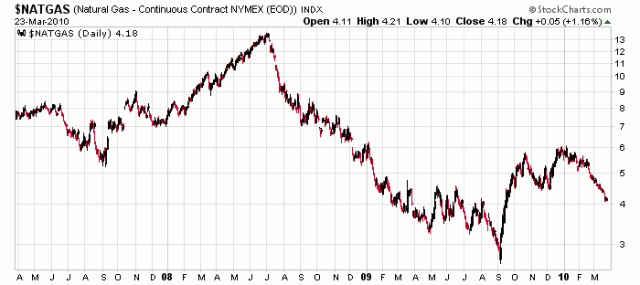I note that James Hymas has observed that an issue of Royal Bank preferred shares (essentially a fixed rate coupon of 6.25% that will be redeemed at par in February 2014) is trading at a yield-to-call of 2.93%. Essentially investors will be paying $28.31 to receive a cash flow of $1.5625 per year until February 24, 2014, and a payment of $25 on February 24, 2014.
Putting this another way, an investor is paying $28.31 today to receive $5.625 in preferred dividend income and taking a $3.31 capital loss in less than four years.
When you compute this at the highest marginal tax rate, it makes even less sense – trading income for future capital losses makes the proposition even worse on an after-tax basis.
The only justification I could come up with why this occurs is two-fold:
1) Unsophisticated investors do not realize that the preferred share will be called away for $25 on February 2014 and purchases the shares in the mistaken belief that their yield will be roughly 5.52% ($1.5625/$28.31 = 5.52% and this is what you would see on most typical stock quote providers as the “dividend yield”);
2) Fixed-income funds that have been swamped with investor capital just buy the preferred shares blindly without regards to any stringent valuation criteria.
Either way, when seeing action like this on the markets, it is a sign that yield chasers are paying far too much for income-oriented investments. It makes me very wary to be playing the preferred and bond markets at the moment. Individual opportunities have pretty much dried up during the last half of 2009 and the remaining issues that are trading below par all have some chronic business issues that make them less than “safe”.
My focus as of late has been on the equity side, a much more difficult world to analyze than bonds and preferreds.
